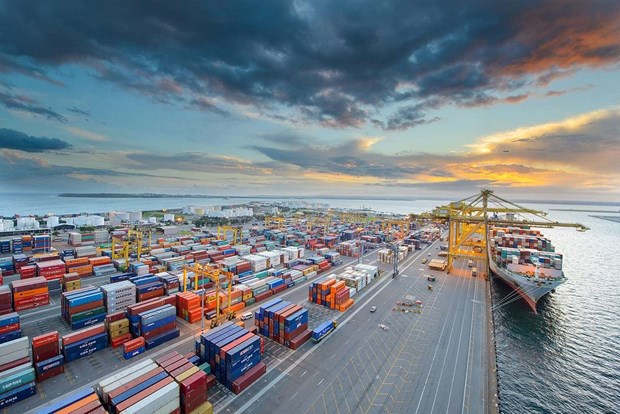Second Protocol to amend agreement establishing AANZFTA signed
VGP - The signing of the 2nd Protocol to amend the agreement establishing the ASEAN-Australia-New Zealand Free Trade Area (AANZFTA) took place at the 28th ASEAN Economic Ministers–Closer Economic Relations Consultation in Semarang, Indonesia, on August 21.

Australia and New Zealand, taken together, is ASEAN's eighth largest trading partner
Economic Ministers from the four ASEAN Member States, namely Brunei Darussalam, Indonesia, Malaysia, and Singapore, together with their counterparts from Australia and New Zealand, signed the 2nd Protocol, which upgrades the original AANZFTA Agreement which entered into force on January 1, 2010.
The rest of the ASEAN Member States will sign the 2nd Protocol in due course.
The signing of the 2nd Protocol is a strong demonstration of the Parties' determination to ensure that the AANZFTA, which is the first region-to-region FTA for both ASEAN and Australia and New Zealand, remains to be the gold standard of ASEAN's free trade agreements.
This is the second time that the AANZFTA is being amended following the signing of the Agreement Establishing in AANZFTA in February 2009.
The first Protocol, signed in August 2014, amended two Chapters, Trade in Goods and Rules of Origin, as well as the annexes on the Operational Certification Procedures to streamline the certification processes to facilitate movement of goods, and the Product Specific Rules (PSR) to incorporate a consolidated PSR.
The AANZFTA has not only been modernized and made more comprehensive but also has been future-proofed to be able to withstand future challenges and trade disruptions.
Under the 2nd Protocol, 13 Chapters in the original AANZFTA–including Rules of Origin, Customs Procedures and Trade Facilitation, Investment, Competition and Consumer Protection, and Electronic Commerce–have been upgraded.
Three new Chapters, namely Government Procurement, Micro, Small and Medium Enterprises (MSMEs), and Trade and Sustainable Development, as well as new provisions on education services under the Chapter on Trade in Services have also been added.
This responds to the needs of businesses to make the AANZFTA more efficient and trade facilitative in order to lower transaction cost. The upgrade also includes elements to strengthen supply chain resilience, promote the use of digital technology, enhance cooperation on trade and sustainable development, and ensure smoother flow of essential goods particularly in crisis situations.
Economic cooperation would continue to play a critical role in ensuring that, through technical cooperation and capacity-building initiatives, the ASEAN Member States–particularly the least developed members–are able to implement commitments and obligations that they have made in a timely manner.
The AANZFTA is a market of around 711 million people with a combined GDP of US$ 5.9 trillion, based on data sourced from the International Monetary Fund (IMF) and the World Economic Outlook as of April 2023. Australia and New Zealand, taken together, is ASEAN's eighth largest trading partner./.
